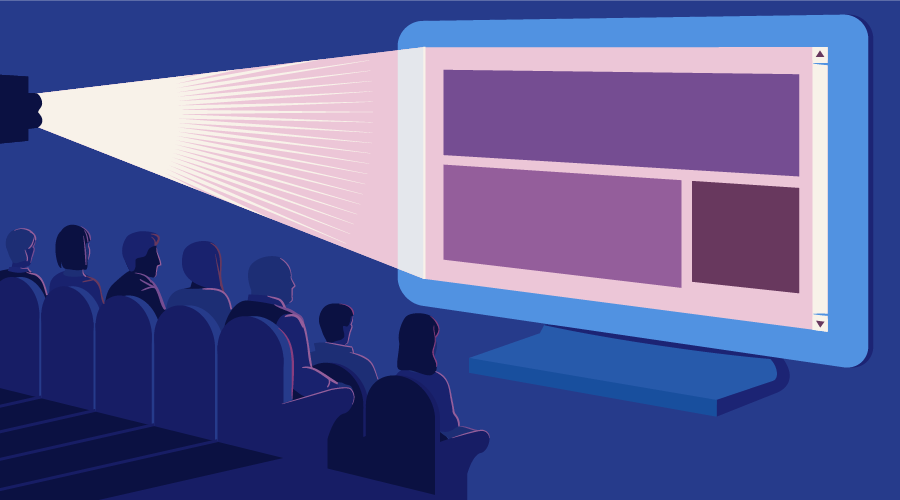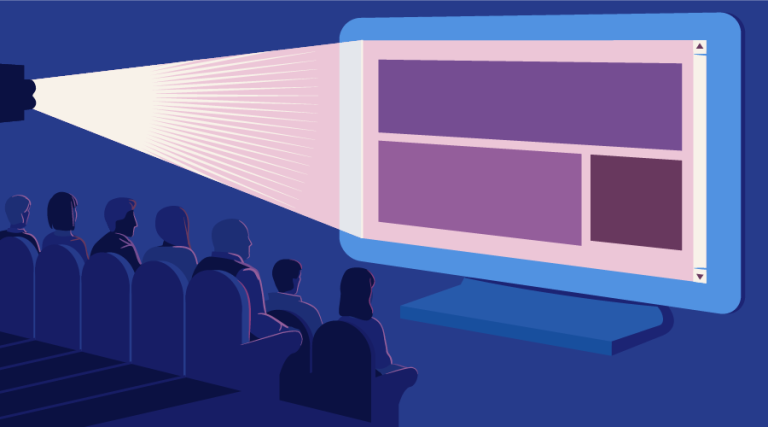
Back in the early days of the web, or at least, when we first started to monetize it, display advertising was a lot more lucrative. First of all, ad-blockers were a thing of the future and you could easily fall victim to a display ad if you didn’t know any better. Nowadays we’re more web-savvy; we know where to look for ads, or more accurately, where we can look if we don’t want to see them. It’s not that display adverts are particularly dangerous, because they can certainly yield results on a trustworthy website, but we do seem to have learned to subconsciously avoid them (eye-tracking studies indicate this).
Sponsored content (sometimes known as sponsored posts, but different to advertorials), on the other hand, is a type of native advertising that’s designed to weave into the webpage almost unnoticed, and better yet, it doesn’t embezzle valuable screen real estate that can otherwise be used for optimizing the user experience. Let’s take a deeper look at sponsored content.
How Native Advertising Puts the Audience First
Native advertising is a type of media where the ads’ layout follows the natural form and function of the website where the ad exists. By form I mean the visual design — it looks and feels like it belongs there. By function I mean behavior — it acts as the user would expect it to when interacted with.
Sponsored content isn’t the only kind of native advertising, but what they all have in common is that the user comes first; the user experience isn’t hindered by the advert in any way, despite the fact that native ads appear in the users’ direct line-of-sight, whereas banner ads appear within the users’ peripheral vision (i.e. they can be ignored easily).
Sponsored content should always be fully disclaimed, at the top before the reader has chosen to invest time in reading. Best practices also dictate that the content is developed by editorial staff or (in the case of solo blogs, etc) yourself, with the client advising and approving but not unduly influencing the process. This provides sponsored content with genuine utility to the reader, and makes it a form of advertising with a great deal of integrity — unlike the advertorials of the past.
Why Native Advertising Yields Results
Native advertising can also appear as in-feed content (think Facebook’s new “Suggested Post” feature that appears in your timeline), within search results, within related article boxes, and so on. Because of their increased visibility in comparison to display ads, and because they’re deemed more trustworthy* (because of how they calmly blend into the website), native ads receive 52% more attention than banner ads.
*depending on the integrity of the site.

And then there’s purchase intent, which sees an 18% increase in comparison to display adverts. Why? Because when a user comes across a native ad, the user is looking for something (i.e. when you’re scrolling through your Facebook feed, you’re looking for something to captivate your attention, when you reach the end of an article, you’re looking for something else to read).
Platforms like Facebook, Twitter, Instagram and Amazon are monetizing with native advertising because it connects those that are looking for something with interesting products and services, based on the users’ interests and browsing history.
Native advertising only works when done with integrity; when the user is shown ads that are both relevant and useful to them, all-the-while clearly stating that the advert is sponsored.
Where to Find Relevant Sponsored Content
Like many advertising networks, there’s a lot of contradiction as to which one is “best,” and you could probably waste a lot of your valuable time trying to figure out the answer by reading online reviews. It really depends on the niché of your website/blog, what your traffic is like, and how much of your own time you’re willing to invest into managing ads/advertisers, so I’d recommend applying to all of them and comparing the results.
Taboola for example can feel a little linkbaitey depending on the niché of your blog (and requires 500,000 monthly views anyway), whereas Cooperatize is considerably smaller but has a focus on high-quality travel blogs. Some sponsored content networks deal with “related content” widgets exclusively, whereas others (like BuySellAds) will let you hand-approve actual, written, high-quality content.
Here’s a list of sponsored content advertising networks:
Direct Advertising
If you’re interested to offer up your website or blog as a medium for advertisers to talk about their products and services (as opposed to in-feed or related content advertising), a direct human-to-human approach is still viable. Not only would you be bypassing commission fees from ad-networks, but you would be able ensure that the content is both relevant and useful, and hand-approve any content that appears on your website. You can easily use a self-hosted “Advertise With Us” webpage while still maintaining a presence on BuySellAds (for discoverability).
CPM vs. CPC vs. Fixed
How you want to receive payment (Cost-Per-Mille, Cost-Per-Click, fixed monthly fee, etc) should also be a factor in your decision, although many successful websites monetize use a combination of options. Like I said before, native advertising is cohesive with the webpages’ content, so it offers a non-invasive experience for the user (to an extent of course). You could totally combine sponsored content, in-feed and related content ads from a variety of ad networks if you wanted to.
Conclusion
So there you have it, sponsored content. As you can see there aren’t many downsides to this kind of advertising, but what’s even better is that you can still trial it alongside other monetization methods — including sponsored tweets, display ads, subscription services and other types of paywalls, affiliate marketing, related content and email advertising.
Just remember, sponsored content should always be done with integrity; even if you can wholeheartedly recommend whatever the sponsored article is selling, you should always remain honest and add a clear disclaimer saying that it’s sponsored content.
If you’ve used sponsored content before, we’d love to hear about your experiences with it. Let us know in the comments!
 Daniel Schwarz
Daniel SchwarzPreviously, design blog editor at Toptal and SitePoint. Now Daniel advocates for better UX design alongside industry leaders such as Adobe, InVision, Marvel, Wix, Net Magazine, LogRocket, CSS-Tricks, and more.



